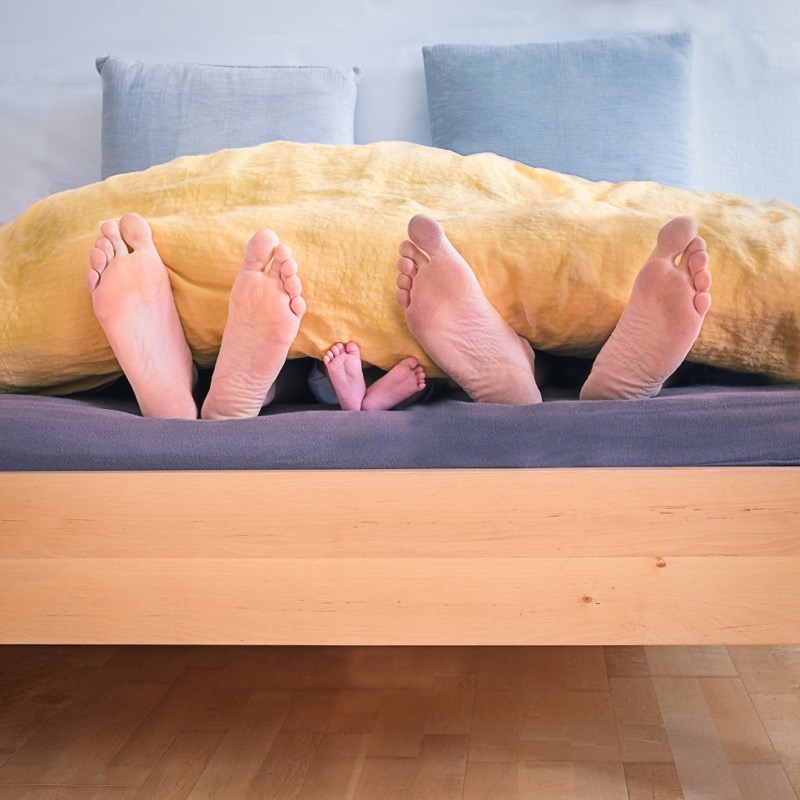
Bedtime Routines for Better Sleep: A Guide for Adults and Kids
In our fast-paced, constantly connected world, sleep often takes a backseat to other priorities. Yet, getting enough rest is crucial for overall health, emotional well-being, productivity, and even longevity. Establishing […]
In our fast-paced, constantly connected world, sleep often takes a backseat to other priorities. Yet, getting enough rest is crucial for overall health, emotional well-being, productivity, and even longevity. Establishing a consistent bedtime routine is a powerful way to improve sleep quality for both adults and children. In this guide, we’ll explore the importance of bedtime routines, their benefits, and actionable tips for creating effective bedtime routines for all ages.
Understanding the Importance of Sleep
Why Sleep Matters
Sleep is not just a time for the body to rest; it’s a dynamic process that impacts almost every system in the body:
- Physical Health: Sleep aids in tissue repair, muscle growth, and immune function.
- Cognitive Function: It enhances learning, memory consolidation, and problem-solving abilities.
- Emotional Regulation: Sleep improves mood stability and resilience to stress.
- Immune System: Quality sleep strengthens the body’s defenses against illnesses.
- Hormonal Balance: Sleep regulates hormones related to stress, appetite, and metabolism.
Chronic sleep deprivation can lead to significant health issues, including heart disease, obesity, diabetes, and mental health disorders.
The Science Behind Bedtime Routines
Bedtime routines prepare the body and mind for restful sleep, rooted in the regulation of the circadian rhythm and melatonin production.
Circadian Rhythm and Sleep
The circadian rhythm is a 24-hour internal clock that influences your sleep-wake cycle, driven by exposure to light and darkness. Maintaining a consistent schedule helps synchronize this cycle.
Melatonin and Sleepiness
Melatonin, the sleep hormone, is produced in response to darkness. Engaging in calming activities and minimizing bright lights before bed encourages its production, helping you feel naturally sleepy.
Conditioned Sleep Cues
Repeating a set sequence of bedtime activities trains your brain to associate these actions with sleep, making it easier to fall asleep over time.
Crafting an Effective Bedtime Routine
Key Components for Better Sleep
- Consistency: Go to bed and wake up at the same time daily to strengthen your circadian rhythm.
- Environment: Create a sleep-friendly bedroom with comfortable bedding, minimal noise, and dim lighting.
- Relaxation: Engage in calming activities like reading, meditation, or journaling.
- Limit Screens: Reduce exposure to screens and blue light at least an hour before bed.
- Healthy Habits: Avoid heavy meals, caffeine, and alcohol close to bedtime, and incorporate regular exercise into your day.
Bedtime Routine Tips for Adults
- Set a Sleep Schedule: Stick to consistent sleep and wake times, even on weekends.
- Unwind with Relaxation: Practice gentle stretches, listen to soothing music, or take a warm bath before bed.
- Optimize Your Environment: Use blackout curtains, a white noise machine, and keep the bedroom cool and comfortable.
- Ditch the Devices: Power down screens an hour before bed or use blue light filters to reduce disruption to melatonin production.
- Fuel Wisely: Opt for light, sleep-friendly snacks like bananas or almonds if needed.
Bedtime Routine Tips for Kids
Children thrive on routine, and a consistent bedtime schedule helps them feel secure and well-rested.
- Establish a Predictable Sequence: Activities like brushing teeth, putting on pajamas, and reading a bedtime story help children transition from playtime to bedtime.
- Limit Stimulation: Avoid stimulating activities, such as video games or TV, at least an hour before bed.
- Create a Cozy Space: Ensure their sleep environment is inviting, with soft bedding and a favorite stuffed animal.
- Set a Bedtime Schedule: Tailor bedtime to their age and ensure they’re getting the recommended amount of sleep.
- Preschoolers (3-5 years): 10-13 hours
- School-age children (6-12 years): 9-12 hours
- Offer Reassurance: For children who are anxious at bedtime, soothing words or a nightlight can provide comfort.
Common Challenges and Solutions
Difficulty Falling Asleep
- Problem: Racing thoughts or difficulty relaxing.
- Solution: Practice deep breathing, progressive muscle relaxation, or guided imagery.
Frequent Night Wakings
- Problem: Disruptions in the night.
- Solution: Keep the room dark and avoid engaging in stimulating activities if you wake up.
Resistance from Kids
- Problem: Kids stalling or refusing to follow the routine.
- Solution: Offer choices within the routine to give them a sense of control, like choosing their pajamas or bedtime story.
Actionable Steps for Better Sleep
- Audit Your Current Routine: Identify habits that may be interfering with your sleep.
- Design Your Ideal Routine: Write down a step-by-step sequence tailored to your needs or your child’s.
- Stick with It: Commit to your routine for at least two weeks to establish the habit.
- Adjust as Needed: Evaluate what’s working and tweak the routine for maximum benefit.
Better sleep starts with consistent habits. Begin building your ideal bedtime routine today for a healthier, more rested tomorrow.
Photo by Simon Berger on Unsplash
Written by AI & Reviewed by Clinical Psychologist: Yoendry Torres, Psy.D.
Disclaimer: Please note that some blog posts may contain affiliate links, and Sana Network will earn a commission if you purchase through those links at no additional cost to you. We use all of the products listed and recommend them because they are companies or products that I have found helpful and trustworthy. Our website is supported by our users. The content provided on this website is for informational purposes only and is not intended as medical advice. Please consult your own healthcare provider for advice tailored to your individual health needs.
